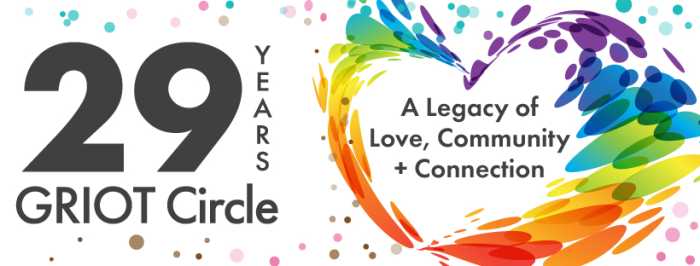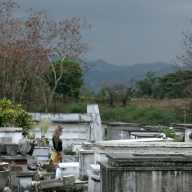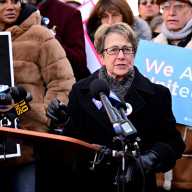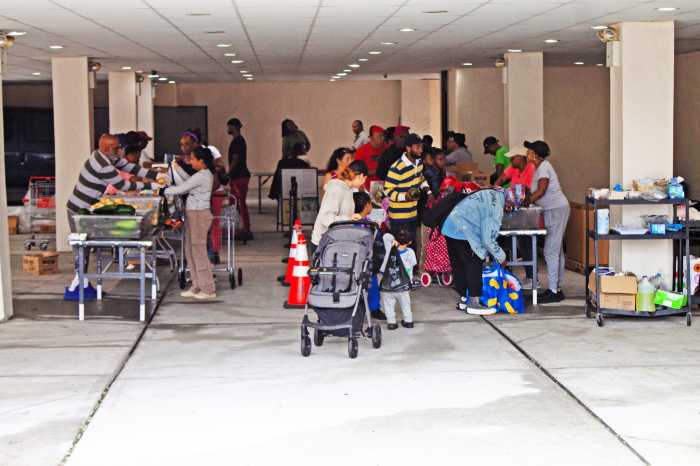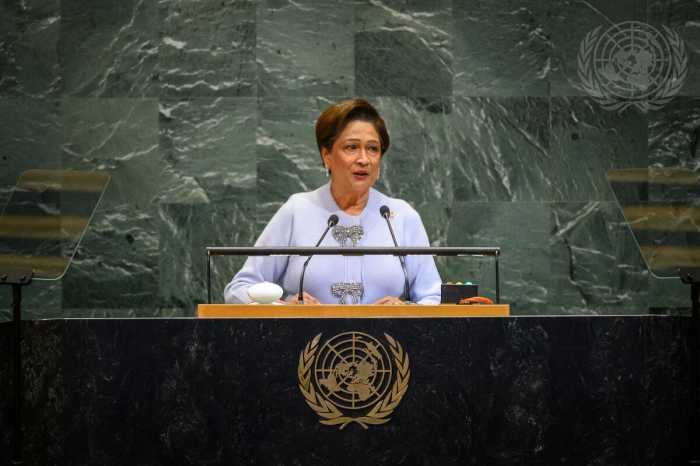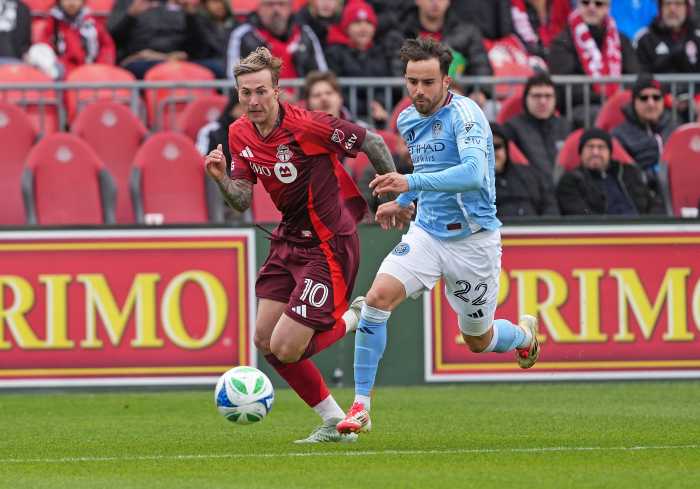The United States trumpeted its leadership in the global campaign against the HIV epidemic when Secretary of State Hillary Clinton addressed the recent International AIDS Conference and pledged to create an AIDS-free generation.
“Children and teenagers,” she said, as they “become adults, will be at significantly lower risk of ever becoming infected.” But the US itself has been unable to show it can pass this test. The stresses our society places on black and Latino gay and bisexual youth make HIV prevention as difficult here as it is in Russia and Africa.
A new study, released by the HIV Prevention Trials Network on the day of Clinton’s speech, showed alarming rates of new infections nationally among African-American men who have sex with men: “Young black MSM — those 30 years of age and younger — acquired HIV infection at a rate of 5.9 percent per year, three times the rate among US white MSM.” This is a gruesome finding. Even if the trend itself is not news, this study, conducted in six major US cities, provides harder data than was previously available.
In New York City, the Health Department similarly offers troubling statistics. In 2010, there were 478 new diagnoses among black youth against 171 among whites between the ages 13 and 29. Among Hispanics, there were 334 new diagnoses. These figures are slightly better than the national average, but the problem continues to bedevil this city.
The goal of turning around the rate of new infections among blacks requires that it become easier for the African-American community to access healthy practices. Being homeless and unemployed don’t qualify as factors that “make it easier.” The lack of progress is troubling.
New York State has a service delivery system in place for single men, but it isn’t bringing good outcomes. There are outreach programs for the homeless, but they only provide referrals. Programs exist to enroll youth in counseling and education programs. A higher level of care is offered by five transitional care coordination programs that serve HIV-positive individuals who are homeless. Medicaid is available for young men; in fact, a report by the Black AIDS Institute rated New York City number one, saying its Medicaid program was “among the country’s most expansive, offering comprehensive coverage for single, childless adults” below the poverty line. The city health department distributes condoms to nearly 4,000 establishments and is constantly looking to expand its efforts.
But the system is not working. Dr. Beryl Koblin, the head of the Laboratory of Infectious Diseases at the New York Blood Bank, called the results of the six-city study “alarming” and said they must “spur new commitments” from local governments. Koblin, who helped design the study, said its findings demonstrate the need for “different levels of intervention. We can’t be focused on individual behavior.”
The New York Civil Liberties Union points to hostile factors that help explain the high rate of HIV infections in communities of color. Black and Hispanic youth in this city live under constant police surveillance. It starts in the hallways of their homes, where police can demand to know whom you are visiting and make arrests for criminal trespass. The NYCLU charges that many of the arrests are groundless. Adolescents complain they are stopped while trying to visit their friends. Out on the street, these youth are subject to the relentless stop and frisk policies that have led to mass protests.
The surveillance continues in school. On August 14, the NYCLU issued a new report about police in the public schools stating that “there are more than 5,100 police personnel in our schools, compared to approximately 3,000 guidance counselors and 1,500 social workers.” The civil rights group contends that the “over-policing of New York City schools, paired with school zero tolerance policies, drives youth directly towards the juvenile and criminal justice systems.”
Zero-tolerance policing and public health are not often discussed as related problems. The six-city study of black gay and bisexual men, however, links these issues. Sixty percent of the MSM in the six cities had been in jail; in New York, 57% of those in the study had a history of incarceration. Jail is only the most extreme form of contact between minority youth and the law. Police stops and contacts are an everyday occurrence.
Public health officials rightly focus on the right of the young to receive health care and be nurtured. Law enforcement isn’t helping matters on those scores. The police confiscate condoms from people suspected of prostitution, an amazing act of contempt that would seem to say, “Go get AIDS. Nobody cares.” Koblin offered a dry assessment of this attitude: “Everybody should have access to condoms. Anything that impedes access to condoms is problematic.”
In a special issue of the Lancet, a British medical journal, Dr. Kenneth Mayer of Boston’s Fenway Institute wrote, “The advent of sexual awareness in sexual-minority male adolescents can result in denial and repression or an acceptance of sexual orientation and identity.” The goal, he stated, should be “self-acceptance of sexual identity and an early integration with their peers (both heterosexual and homosexual)… followed by a period of identity consolidation.”
According to the Global Commission on AIDS and the Law, the best practices in society to achieve that sort of personal growth in young people come from consultation between public health officials and police authorities on devising policies to promote and protect public health. A public health perspective on drug reform contributes as well. These strategies must be on the table as New York City struggles to stymie the growth of HIV infections.





